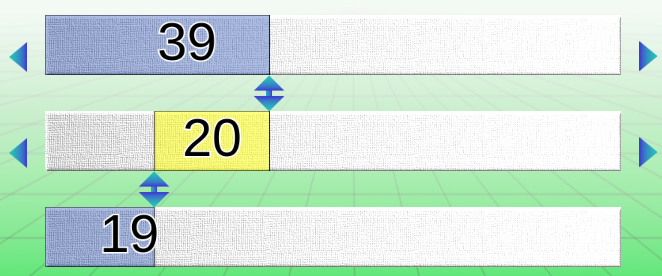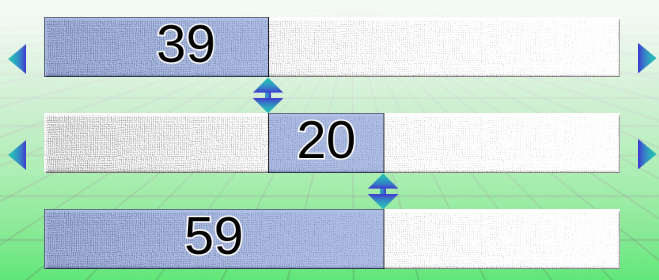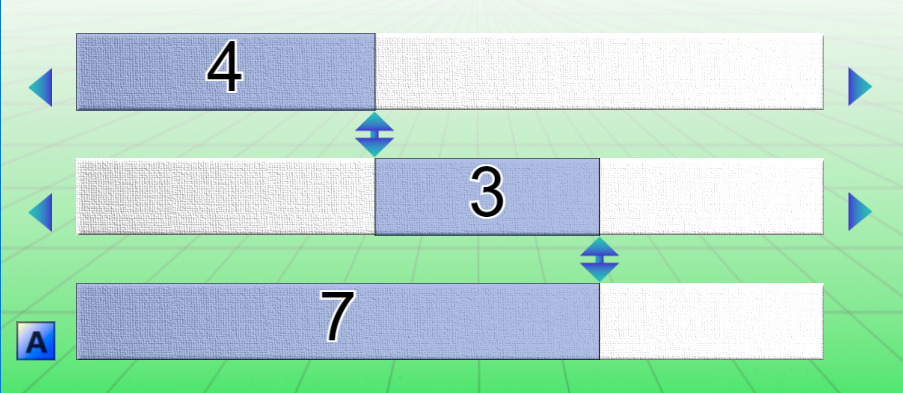It is important for students to understand that whatever the additive type of statement, it fits into a single model, that of the classic bar model:

Whether we have addition or subtraction, it’s the same model that underlies the problem. However, like any model, the classic bar model has its limitations. In particular, it reduces all subtraction to a gap addition.
This is true from a mathematical point of view, but not in everyday life.
When I have 10 marbles and lose 7, I don’t add them up. And I certainly don’t feel the loss as a gain.
Even if I count with my fingers, I start from 10, lower 7 and count what’s left. Whereas with the classic bar model, I’d have to start from 7 and see what I’m missing to get to 10. It’s not the same reasoning at all.
Again, it’s very important that students understand that this situation falls within the scope of classical modeling. But from an operational point of view, it seemed appropriate to create a new model, the plus-minus machine, which allows us to better work on the specificity of subtraction.
If your students are comfortable enough with the classic model, you can introduce them to the new one. If they’re using the site to solve problems, you can even let them choose the model according to their preferences or, even better, according to the problem at hand.
 This icon in the toolbar allows you to switch between models.
This icon in the toolbar allows you to switch between models.


Buttons A and B
These two buttons located at the bottom left of the machine allow you to switch between two representation modes.
Mode A
There is no negative part; all numbers are positive and increasing from the left edge. This model is suitable for most composition, transformation, and comparison problems.

Mode B
There’s a negative part: the machine is “zero centered”. This is useful as soon as students are familiar with negative numbers (it’s not necessary to have covered them in class! If your students know that the temperature can drop below 0, they’re already familiar with negative numbers). In the first degree, this representation can make it easier to solve problems involving the composition of transformations.

Conclusion
The “plus-minus” machine is better suited to certain transformation and transformation-composition problems. The classical machine is better suited to composition problems.
Warning: if you decide to use this model, be aware that it is not documented! It was invented by me for Actilud. This machine requires modern means to operate – a computer, a tablet… devices largely ignored in math didactics, and so to my knowledge nobody has come up with it.
So, be modern, use the “plus minus” machine. With caution and discernment. But give it a try! You’ll see that it’s very interesting too.
